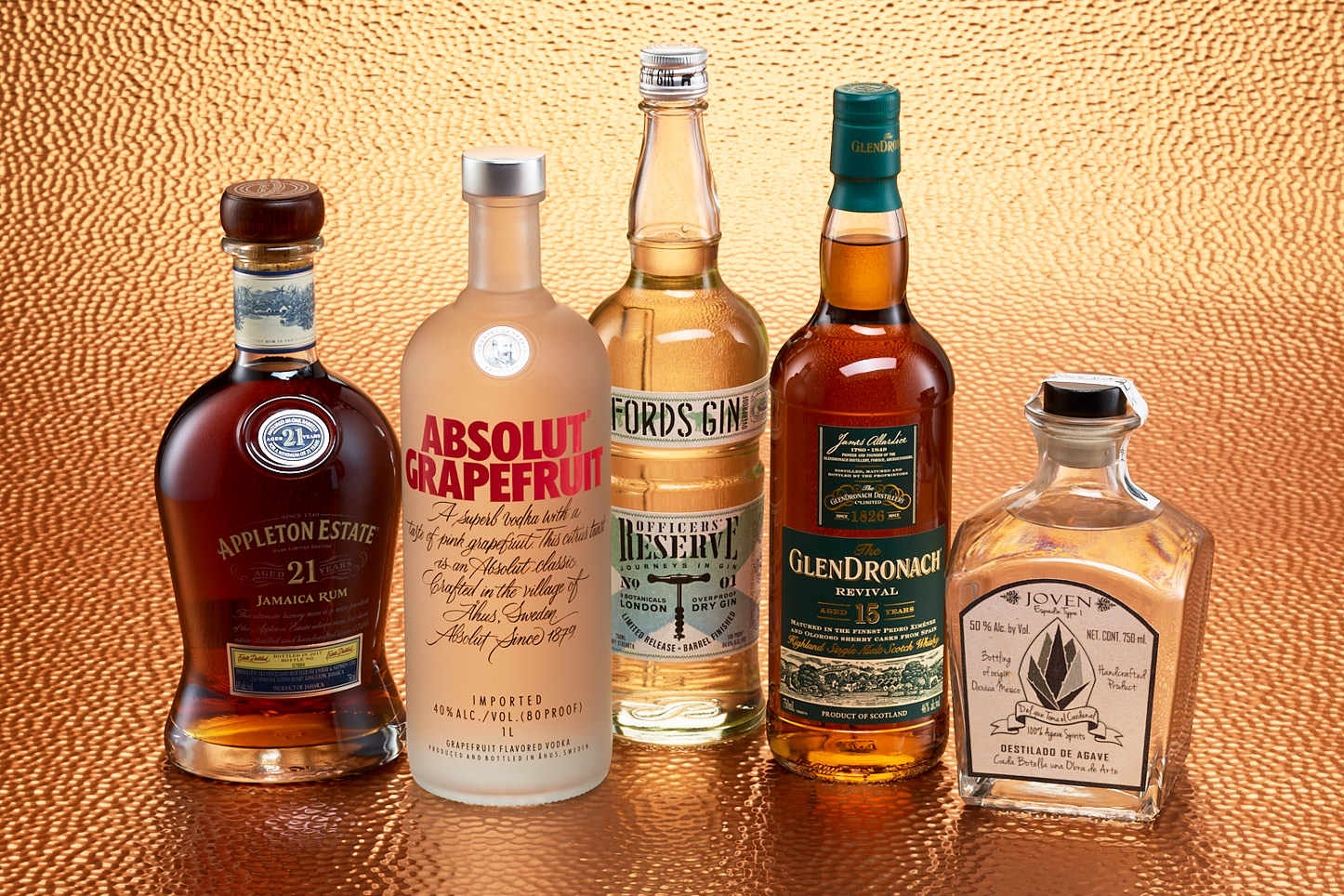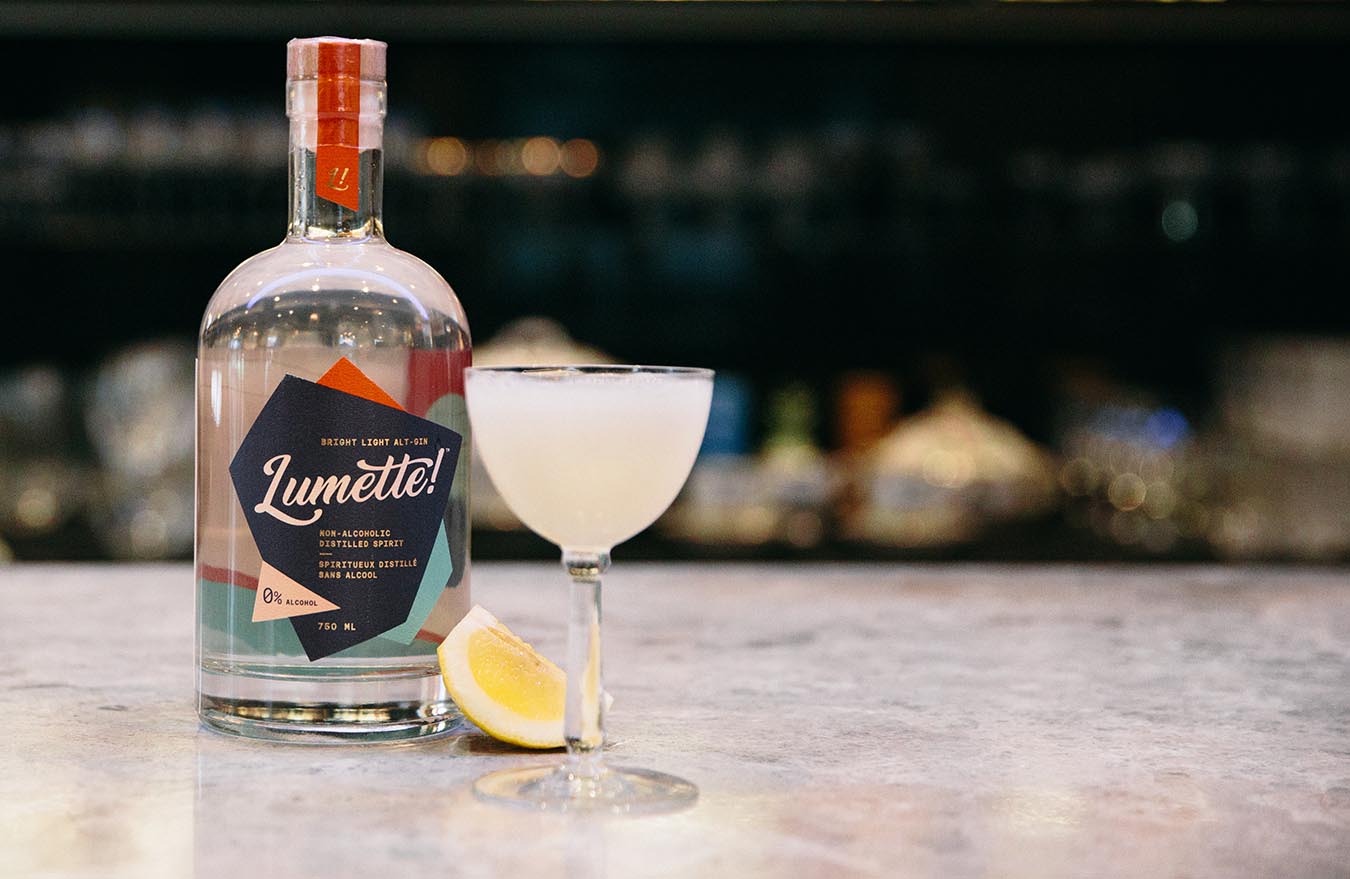Similarities and Differences Between Hard Liquors: Gin, Rum, Tequila, Vodka, and Whiskey
- Details
- Published: Monday, 22 February 2021 18:16
- Written by Super User

The 6 Main Types of Distilled Spirits
- Details
- Published: Monday, 22 February 2021 16:07
- Written by Super User

There are many distilled spirits available today, though there are just six base liquors that form the foundation of the majority of cocktails and liqueurs. Brandy, gin, rum, tequila, vodka, and whiskey are each unique and have distinct styles within themselves.
Learn the basic characteristics of each of these liquors to give you an understanding of what makes each special and how to use them in drinks.
What Is a Liquor or Distilled Spirit?
- Details
- Published: Monday, 22 February 2021 15:11
- Written by Super User

What are alcoholic spirits, exactly? Basically they’re the biggest, brawniest older brother of the alcohol family. All alcoholic beverages are made by fermenting some form of sugary brew into ethanol and CO2. Because yeast can only ferment so much before alcohol levels become toxic to them, we have to distill (or physically separate out the water) to get higher alcohol concentrations. And that’s why “spirits” are differentiated in two ways: they’re distilled, and they have higher average ABVs, from around 20% to as high as 80 or 90% ABV (most spirits fall somewhere much closer to the middle).

